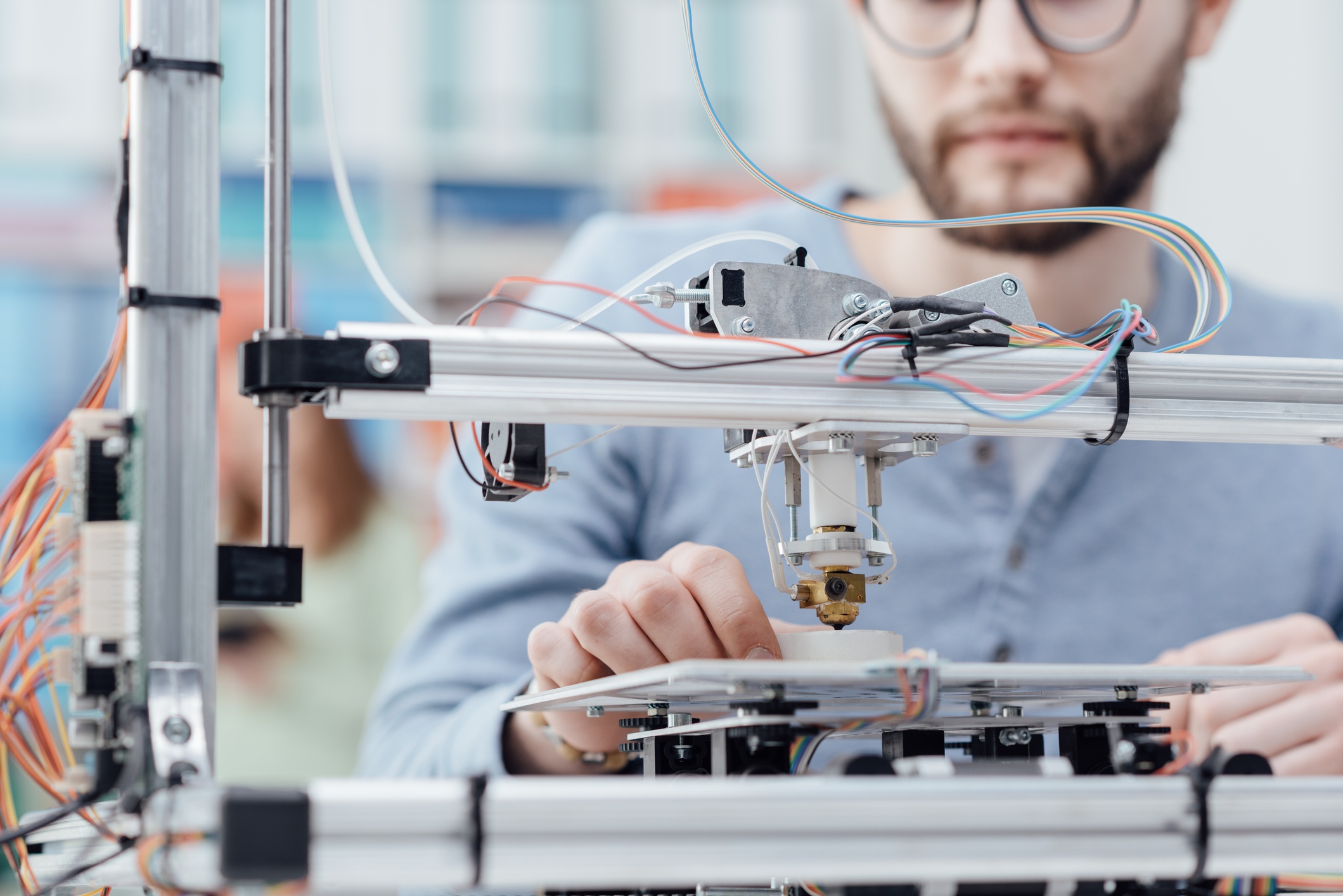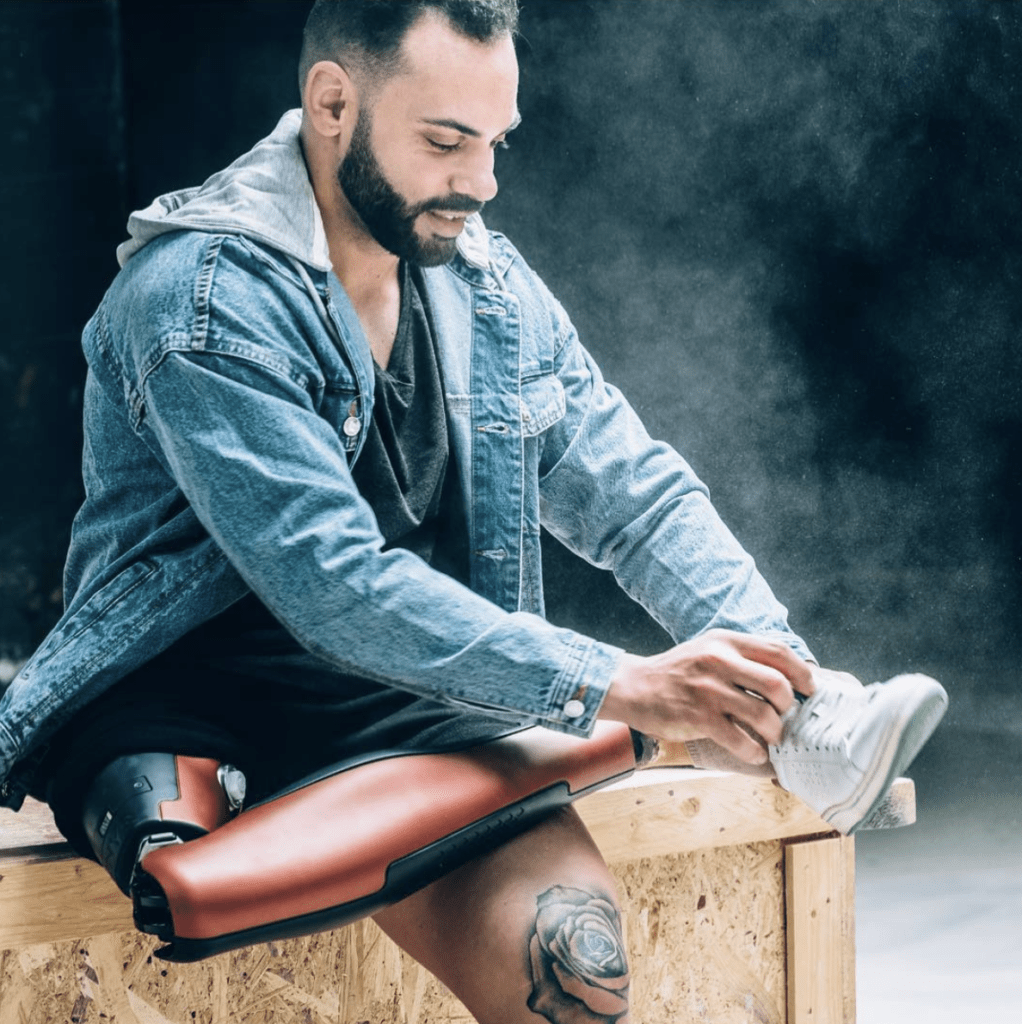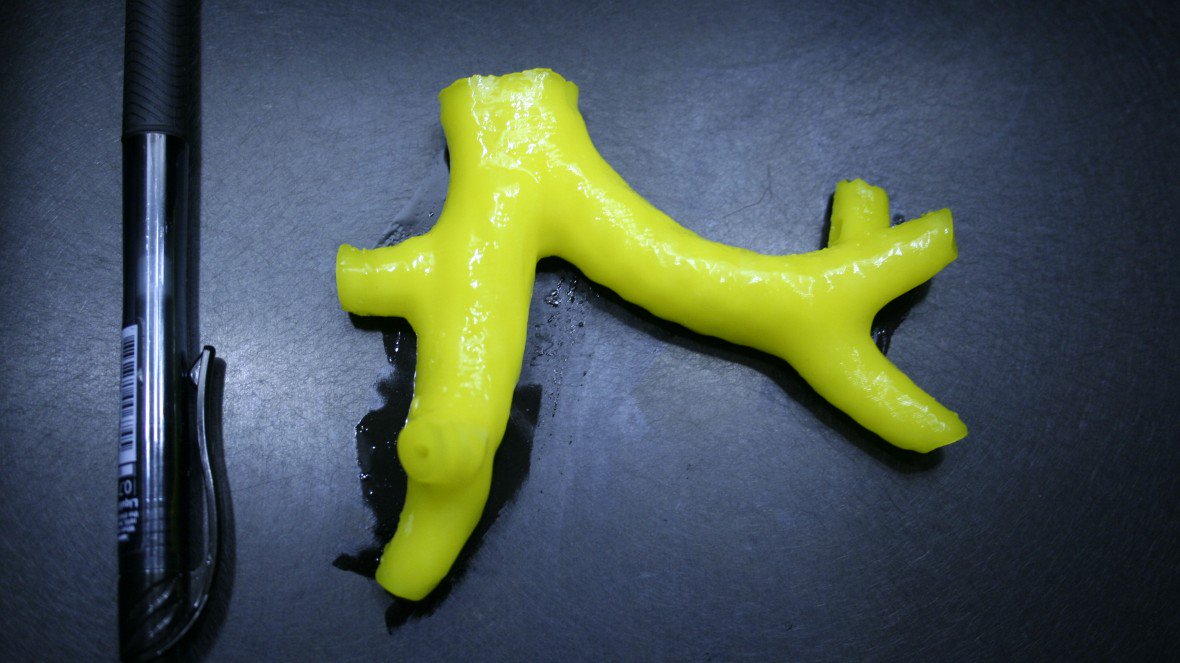
3D printing is an emerging field that is reshaping many industries, including healthcare. From assistive devices and prosthetics to cell derived tissues and replacement organs, 3D printing has a wide array of applications and is only just starting to become integrated into the medical field. Below, DocWire has compiled some of the top uses of 3D printing in healthcare as well as corresponding news stories.
Braces and Prosthetics
 UNYQ, a San-Francisco-based medical 3D printing company, has recently announced the launch of their prosthetic leg socket called UNYQ Socket. The company leverages this technology to build customized prosthetic devices in a unique and modern fashion. This new product complements UNYQ’s 3D printed customized prosthetic covers, which are sold in over 50 countries. The UNYQ Socket was showcased at the British Association of Prosthetics and Orthotists (BAPO) in Harrogate, UK recently and is now available for order.
UNYQ, a San-Francisco-based medical 3D printing company, has recently announced the launch of their prosthetic leg socket called UNYQ Socket. The company leverages this technology to build customized prosthetic devices in a unique and modern fashion. This new product complements UNYQ’s 3D printed customized prosthetic covers, which are sold in over 50 countries. The UNYQ Socket was showcased at the British Association of Prosthetics and Orthotists (BAPO) in Harrogate, UK recently and is now available for order.
In addition, Shapeways, has recently added the biodegradable nylon PA11 to their materials portfolio for creating braces and prosthetics. This advancement resulted in part from a partnership between the company and OEM EOS, a leader in industrial 3D printing of polymers and metals. The two believe it will increase physicians’ accessibility to 3D printing.
Colorado-based 3D printing company ActivArmor recently formed a partnership with the Jacksonville Jaguars and several other professional sports teams. The company uses high-temperature thermosetting plastics similar to LEGO to create waterproof devices that are customized to the patient. The company claims that the lattice structure of orthosis can be used to accommodate incisions, scars, burns, and post-surgical hardware.
Providing Low-Cost Medical Equipment
Kijenzi, a start-up from Pennsylvania State University’s College of Engineering, is using 3D printing technology to aid healthcare facilities in Kenya. The group’s initial intent was to quickly make medical equipment such as Pharma Clean Room Cranes, clamps, braces, and vacuum pumps at low costs. As they began to work with facilities in Kenya, the team shifted their focus towards increasing the accessibility of 3D printable files for these remote facilities to make the technology more readily available.
Last December, a team from Michigan Technological University used 3D printing to create adaptive aids for those with arthritis at reduced costs. These devices are designed to help people perform routine activities such as putting on clothes or opening doors, and do so at a cost well below current alternatives.
Printing Tissue and Replacement Organs
A group of Pennsylvania State University researchers have developed a unique 3D printing method to create tissue building blocks with micropores. Manufactured porous structures such as these allow both nutrients and other fluids to circulate and mark great potential for lab-generated tissues containing blood vessels.
In more recent news, Tel Aviv researchers have created the world’s first 3D printed heart with vascularization using a patient’s own cells and other organic materials. To this point, researchers have only been able to print cardiac tissues without blood vessels. This 3D printed heart made by Tel Aviv scientists, however, was created with full vascularization and marks a major breakthrough in the use of this technology.
Also aiming to create 3D printed tissues, Aspect Biosystems partnered with Maastricht University in the Netherlands earlier this year to create kidney tissue for scientific testing. Specifically, the Institute for Technology-Inspired Regenerative Medicine (MERLN) at the school will be working with Aspect’s RX1 bioprinter in Professor Lorenzo Moroni’s Lab to create these medical test-viable tissues.
Creating Surgical Implants
Several months ago, group of surgeons at the Tokuda Hospital in Bulgaria replaced a tumor-containing rib with a 3D printed prosthetic to save a patient’s life. The operating surgeon was Dr. Tzvetan Minchev, Chief of Thoracic Surgery Department at the Tokuda Hospital, and the patient saved was Ivaylo Josifov.
 United Therapeutics constructed the uppermost portion of a pair of lungs using a 3D printer last summer. The company earns over one billion every year selling pharmaceuticals to those with lung pathologies and is now attempting to pioneer the creation of the first 3D printed lungs. Their efforts are partnered with 3D Systems, a prominent leader in the industry.
United Therapeutics constructed the uppermost portion of a pair of lungs using a 3D printer last summer. The company earns over one billion every year selling pharmaceuticals to those with lung pathologies and is now attempting to pioneer the creation of the first 3D printed lungs. Their efforts are partnered with 3D Systems, a prominent leader in the industry.







 © 2025 Mashup Media, LLC, a Formedics Property. All Rights Reserved.
© 2025 Mashup Media, LLC, a Formedics Property. All Rights Reserved.